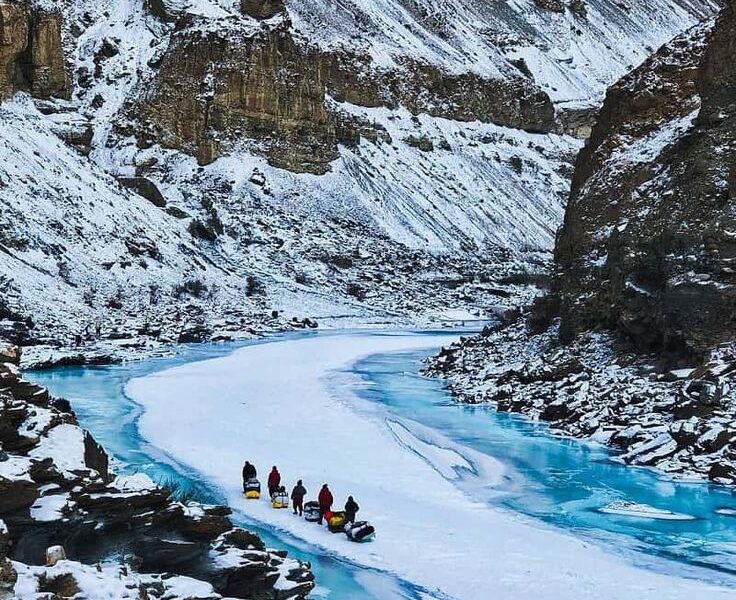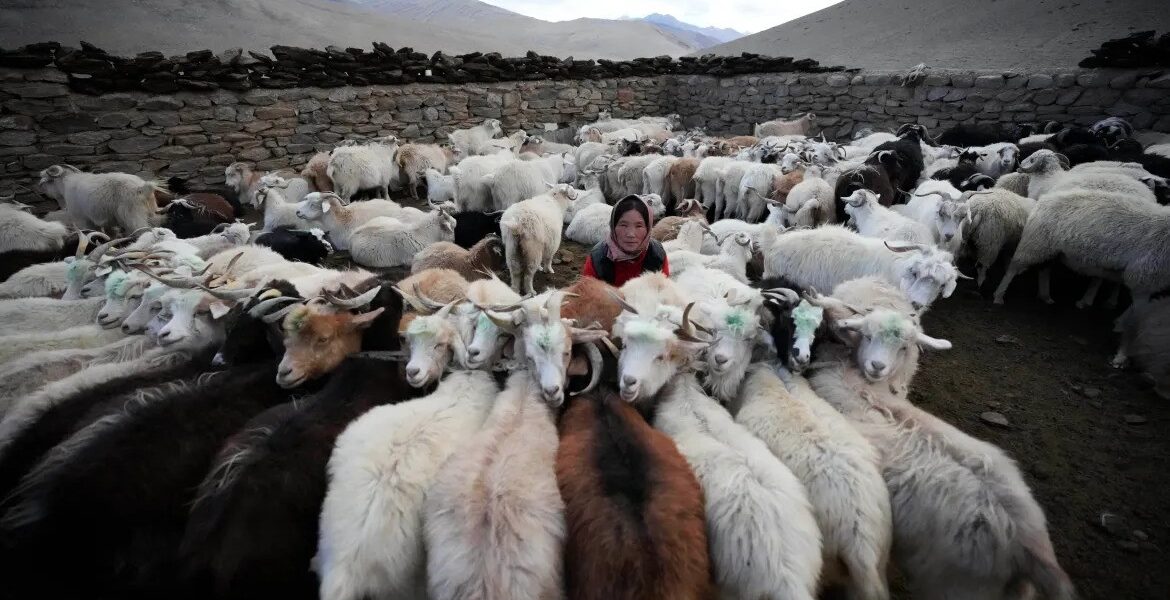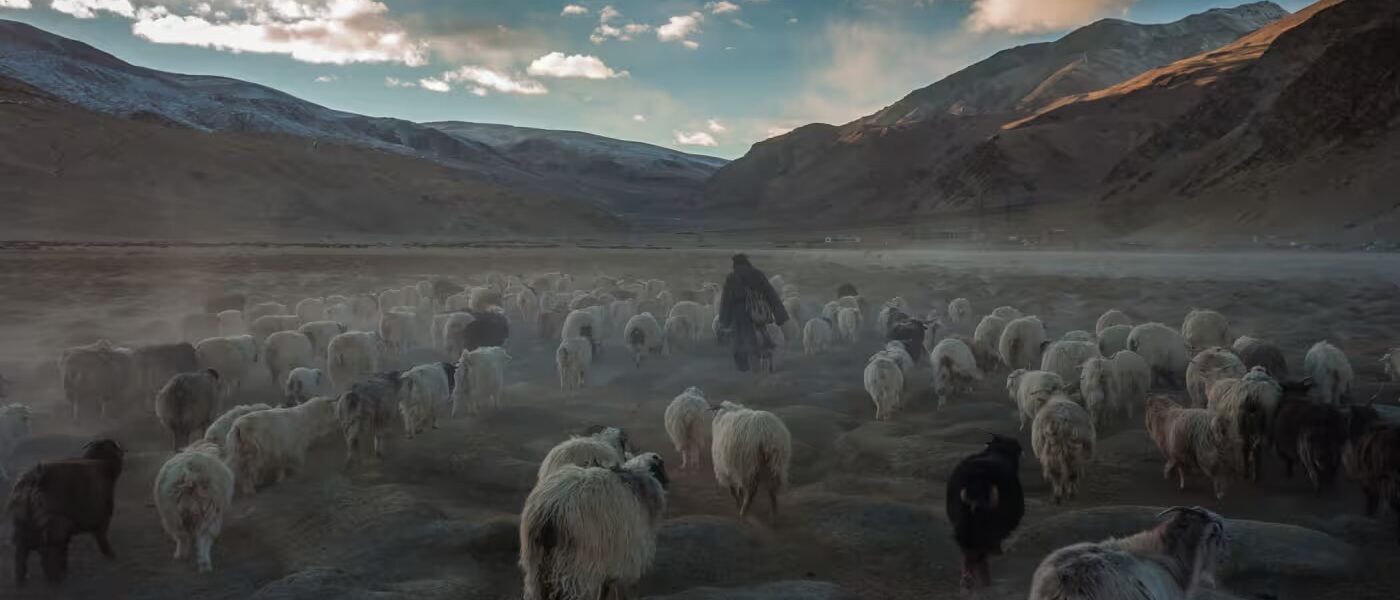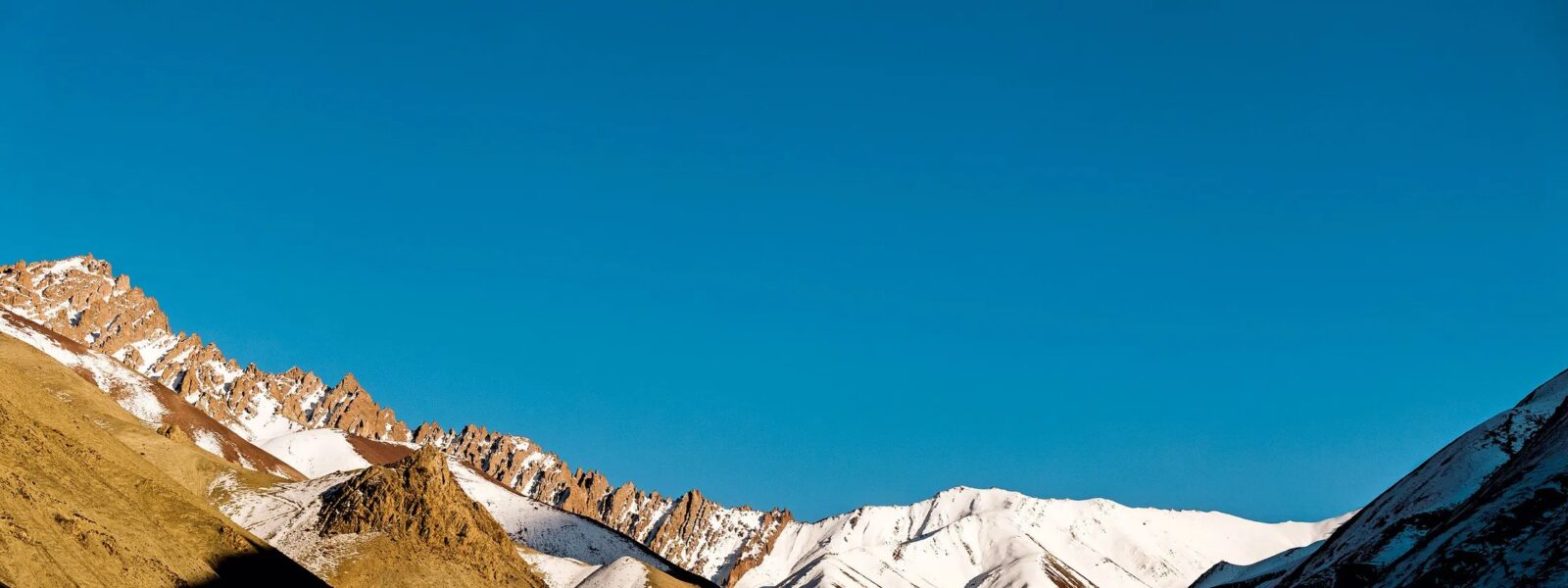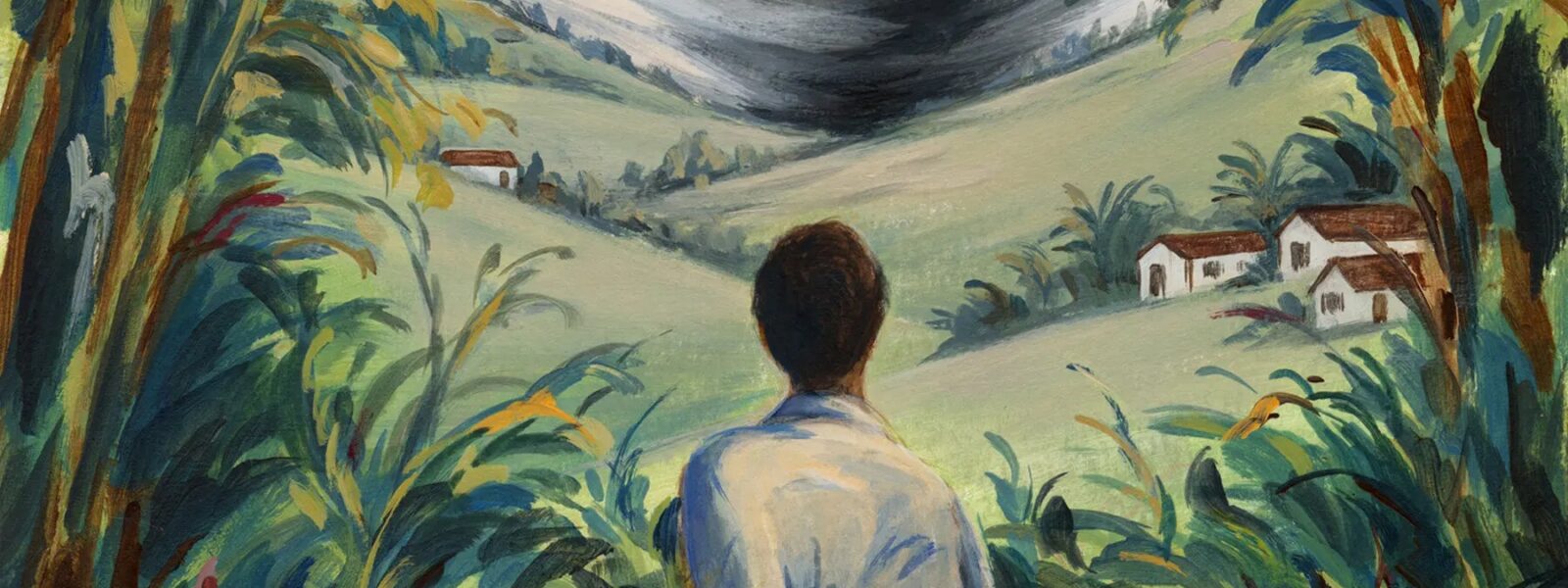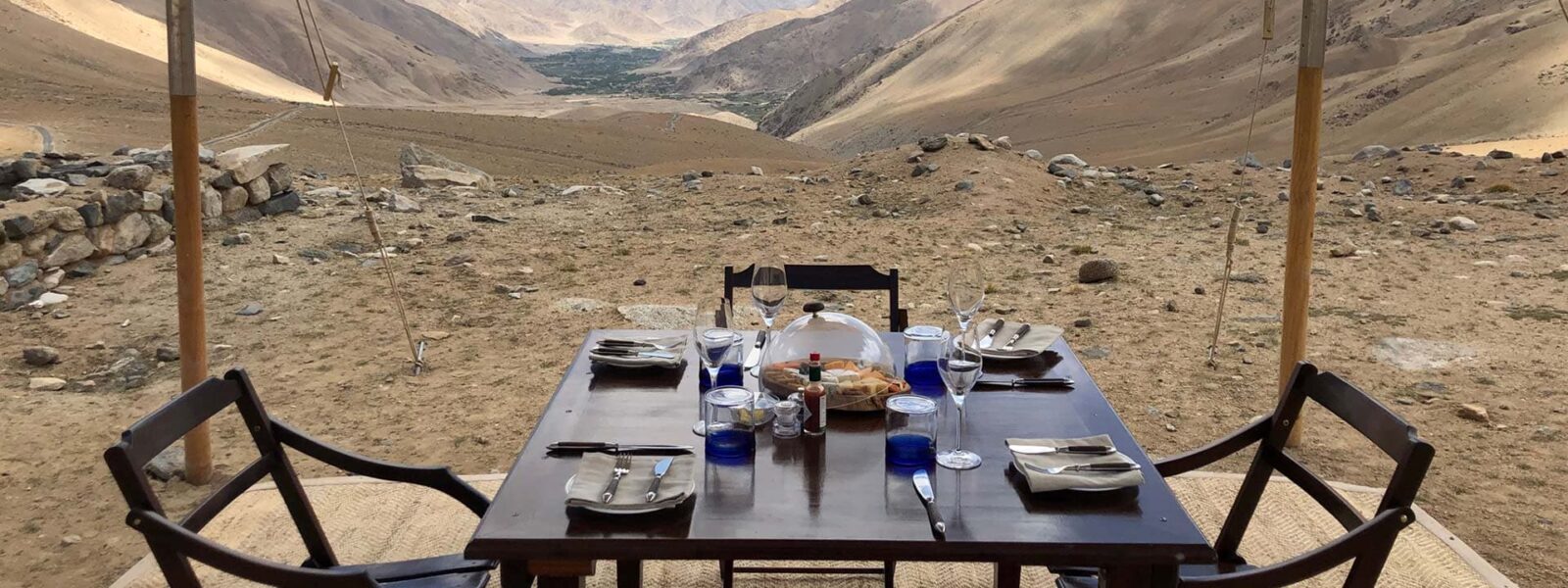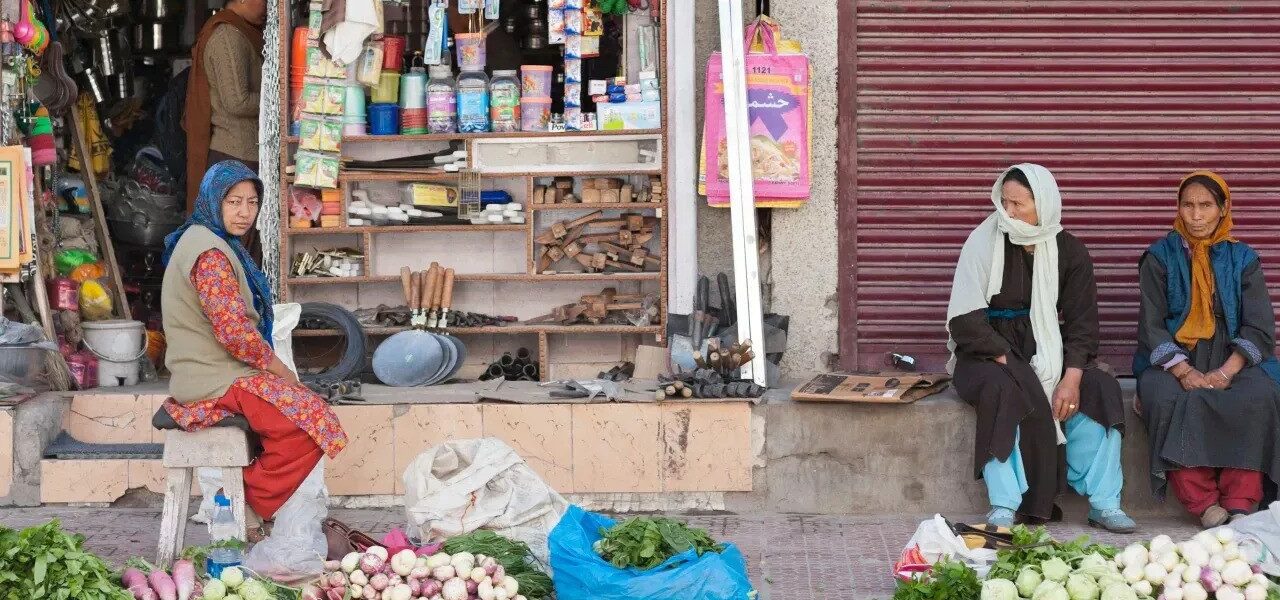The Zanskar River Trek, often referred to as the Chadar Trek, is one of the most thrilling and adventurous winter treks in the world. Located in the remote region of Ladakh, India, this trek offers the rare opportunity to walk on the frozen Zanskar River, surrounded by towering snow-clad mountains and breathtaking scenery. Known for its extreme conditions and spectacular views, the Zanskar River Trek is a bucket-list adventure for any trekking enthusiast.
In this blog, we’ll explore every aspect of this challenging and rewarding trek, from the best time to go, to what to pack, and how to prepare for the adventure of a lifetime.
Overview of the Zanskar River Trek (Chadar Trek)
The Zanskar River Trek is a winter trek that follows the frozen Zanskar River, providing trekkers with an experience like no other—walking on a sheet of ice! Known locally as the Chadar Trek (Chadar means “sheet” in Hindi), this trek has become increasingly popular with adventure seekers from around the world. The trek takes place during the harsh winter months when the Zanskar River freezes over, creating a natural path of ice.

What is the Zanskar River Trek?
The Zanskar River Trek is a high-altitude winter trek, unique in the fact that trekkers walk on the frozen Zanskar River. The trek stretches over 70 kilometers and typically takes 6 to 9 days to complete, depending on the chosen itinerary. Walking on ice can be challenging, as the river’s surface is often slippery and uneven, but it’s this challenge that draws trekkers from across the globe.
“Walking on the frozen Zanskar River was surreal! The pristine beauty of Ladakh, combined with the thrill of trekking on ice, made it an unforgettable adventure.”
— Emily Thompson, USA, Freelance Photographer
Why is the Zanskar Trek Popular?
The Zanskar Trek is popular for its uniqueness and the sheer thrill of trekking on a frozen river. The dramatic landscapes of Ladakh, the experience of camping in sub-zero temperatures, and the chance to explore remote Himalayan villages make this trek one of the most sought-after winter adventures in India. Many trekkers are drawn to the cultural experiences along the route, where you’ll meet the local Zanskari people and witness their traditional way of life in one of the harshest climates on Earth.
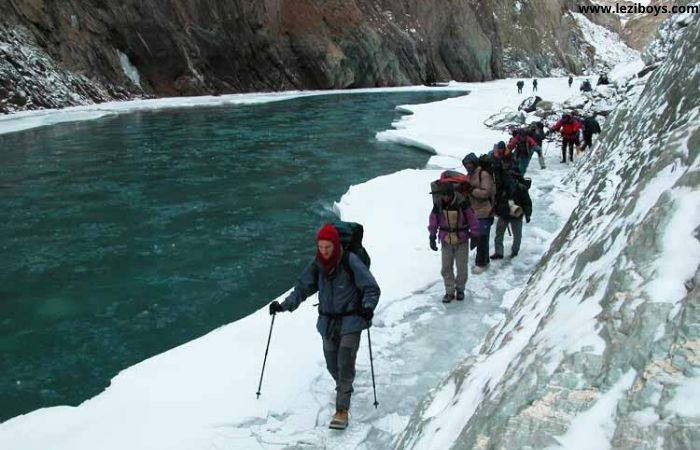
Best Time to Experience the Frozen River Trek
If you’re planning to do the Chadar Trek, timing is crucial. The Zanskar River only freezes over during the winter months, making it accessible for trekking between mid-January and the end of February.
When Does the Zanskar River Freeze?
The Zanskar River begins to freeze in December, but it’s not until mid-January that the ice becomes thick and stable enough to trek on. By the end of February, the ice begins to melt, making the trek more dangerous. For a safe and enjoyable experience, it’s best to plan your trip between January 15 and February 20.
“I went on the Chadar Trek in late January, and the conditions were perfect. The ice was solid, and the views were breathtaking. It was the experience of a lifetime.”
— David Zhang, Canada, Software Engineer
Climate and Weather Conditions During the Trek
The weather during the Zanskar Trek is extreme. Daytime temperatures can range from -10°C to -15°C (14°F to 5°F), but at night, the mercury can drop as low as -30°C (-22°F). While these conditions are harsh, they are what make the trek such a thrilling adventure. Make sure to pack accordingly and be prepared for cold, windy days and freezing nights.
| Month | Daytime Temperature | Nighttime Temperature |
|---|---|---|
| January | -10°C to -15°C | -20°C to -30°C |
| February | -5°C to -10°C | -15°C to -25°C |
Zanskar River Trek Route and Itinerary
The Zanskar Trek route follows the frozen river and passes through several stunning locations, offering an immersive experience into the remote regions of Ladakh.
Zanskar Trek Starting Point: How to Reach Zanskar
Most trekkers start their journey by flying into Leh, the capital of Ladakh. From Leh, it’s a 3-4 hour drive to the village of Chilling, which is the starting point of the trek. Due to the altitude, it’s important to spend a couple of days in Leh to acclimatize before starting the trek.
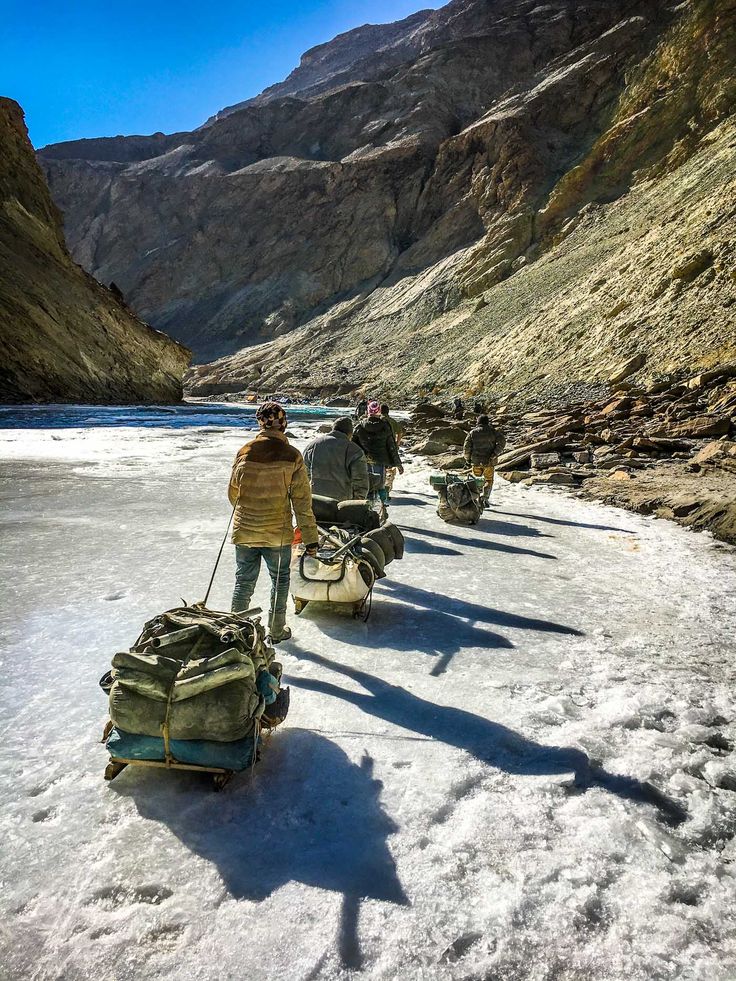
“Flying into Leh and seeing the mountains was amazing. Acclimatization is key—take your time to get used to the altitude before starting the trek.”
— Hiroko Nakamura, Japan, Travel Blogger
Detailed Chadar Trek Itinerary
Here’s a sample 7-day itinerary for the Zanskar River Trek:
| Day | Itinerary | Highlights |
|---|---|---|
| Day 1 | Arrive in Leh | Acclimatization and local sightseeing |
| Day 2 | Leh to Chilling (Drive) | Scenic drive along the Indus River |
| Day 3 | Chilling to Tsomo Paldar (Trek) | First day of walking on the frozen river |
| Day 4 | Tsomo Paldar to Dibb (Trek) | Stunning frozen waterfalls |
| Day 5 | Dibb to Naerak (Trek) | Visit to Naerak village and monastery |
| Day 6 | Naerak to Tsomo Paldar (Trek) | Return on the frozen river |
| Day 7 | Tsomo Paldar to Leh (Trek & Drive) | Final trek and return to Leh |
What to Pack for the Zanskar Frozen River Trek
Packing the right gear is essential for surviving the extreme conditions of the Zanskar River Trek. The key is to layer your clothing and bring the appropriate equipment.
Essential Gear and Equipment
Here’s a list of essential gear you’ll need for the Chadar Trek:
- Trekking Boots: Waterproof, insulated boots with good grip for walking on ice.
- Thermal Layers: Base layers, mid-layers, and heavy down jackets.
- Sleeping Bag: Rated for -30°C to withstand the cold nights.
- Trekking Poles: Useful for maintaining balance on the slippery surface.
- Sunglasses and Sunscreen: Protection against snow blindness.
“I was amazed at how much gear we needed, but every piece of equipment was necessary for the conditions. Without the right layers, the cold would have been unbearable.”
— Alessandro Rossi, Italy, Adventure Enthusiast
Fitness and Preparation for the Zanskar Trek
Physical Fitness Requirements
The Zanskar Trek is physically demanding, not only because of the cold but also due to the altitude. It’s important to be in good physical condition and to have prior trekking experience. You’ll need strong legs for walking on ice and endurance to complete long trekking days in freezing temperatures.
“I trained for 6 months before the trek and it paid off. The altitude and cold were challenging, but staying fit helped me enjoy every moment.”
— Sophie Dubois, France, Personal Trainer
Acclimatization in Leh
Leh sits at an altitude of 3,500 meters, so it’s crucial to spend at least two days here before starting the trek to prevent altitude sickness. During this time, you can explore the town and visit local landmarks, such as Shanti Stupa and Leh Palace.
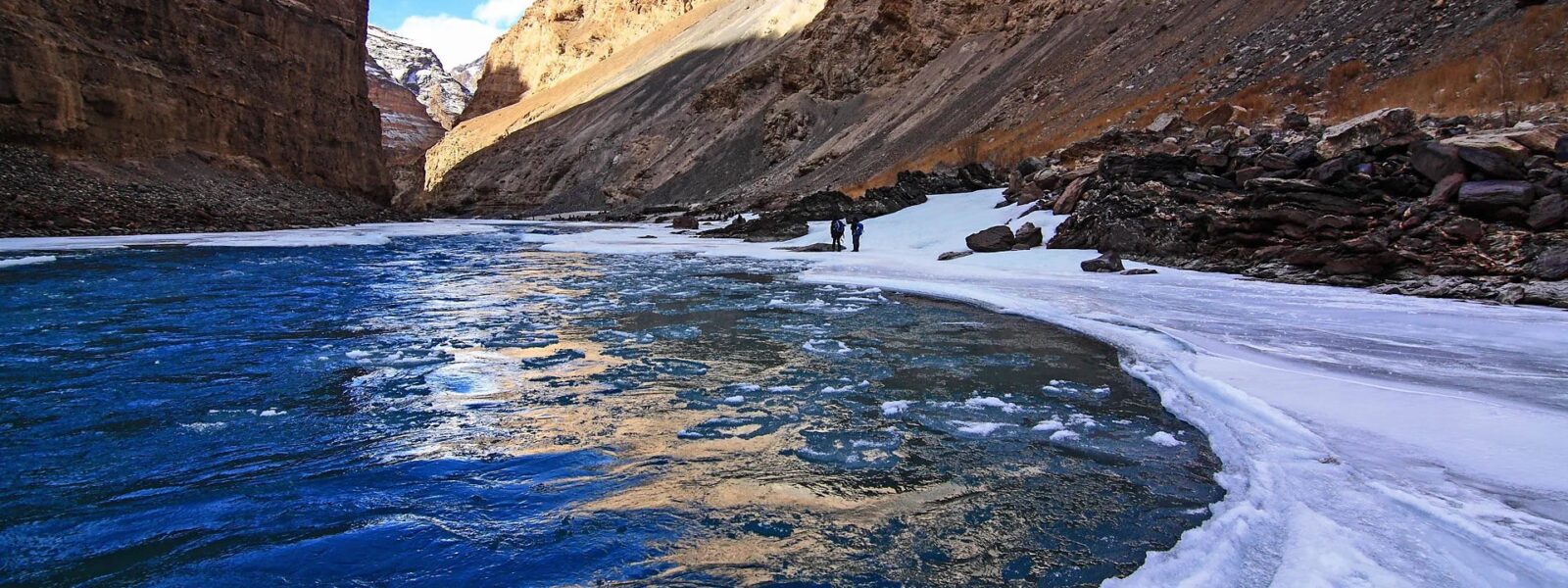
Safety Tips for the Zanskar River Trek
Safety should be your top priority when trekking on the frozen Zanskar River. The harsh conditions and risks associated with walking on ice make preparation essential.
Trekking on Ice: Safety Precautions
- Watch for Cracks: The ice can be thin in some areas, so always follow your guide’s instructions and stay on the designated path.
- Use Crampons: Wear crampons or microspikes on your boots for extra grip.
- Stay Warm: Hypothermia is a real risk, so ensure you have proper clothing and take breaks to warm up.
Dealing with Extreme Cold and Altitude
- Hydrate Regularly: Dehydration can make altitude sickness worse. Drink plenty of water, even in cold weather.
- Layer Your Clothing: Use multiple layers to trap heat and stay warm. Avoid sweating as it can freeze, making you colder.
“I can’t stress enough how important safety is on this trek. Our guide was great at pointing out weak ice, and we all stayed close together to avoid accidents.”
— John Smith, UK, Mountain Guide
Zanskar River Trek Cost and Booking Information
Cost Breakdown of the Zanskar Trek
The cost of the Zanskar River Trek typically ranges from INR 20,000 to INR 50,000 (approximately $300 to $700), depending on the tour package and inclusions.
| Expense | Estimated Cost |
|---|---|
| Trekking Permit | INR 3,000 ($40) |
| Trekking Gear Rental | INR 5,000 ($65) |
| Tour Operator Fee (7 days) | INR 30,000 ($400) |
| Food and Accommodation | INR 10,000 ($130) |
Best Tour Operators for the Chadar Trek
When booking the trek, it’s essential to choose a reputable trekking company. Look for operators who provide experienced guides, proper equipment, and good customer support.
“I went with a local tour operator, and they made sure everything was handled professionally, from the permits to the gear. Highly recommend!”
— Manuel Garcia, Spain, Travel Enthusiast
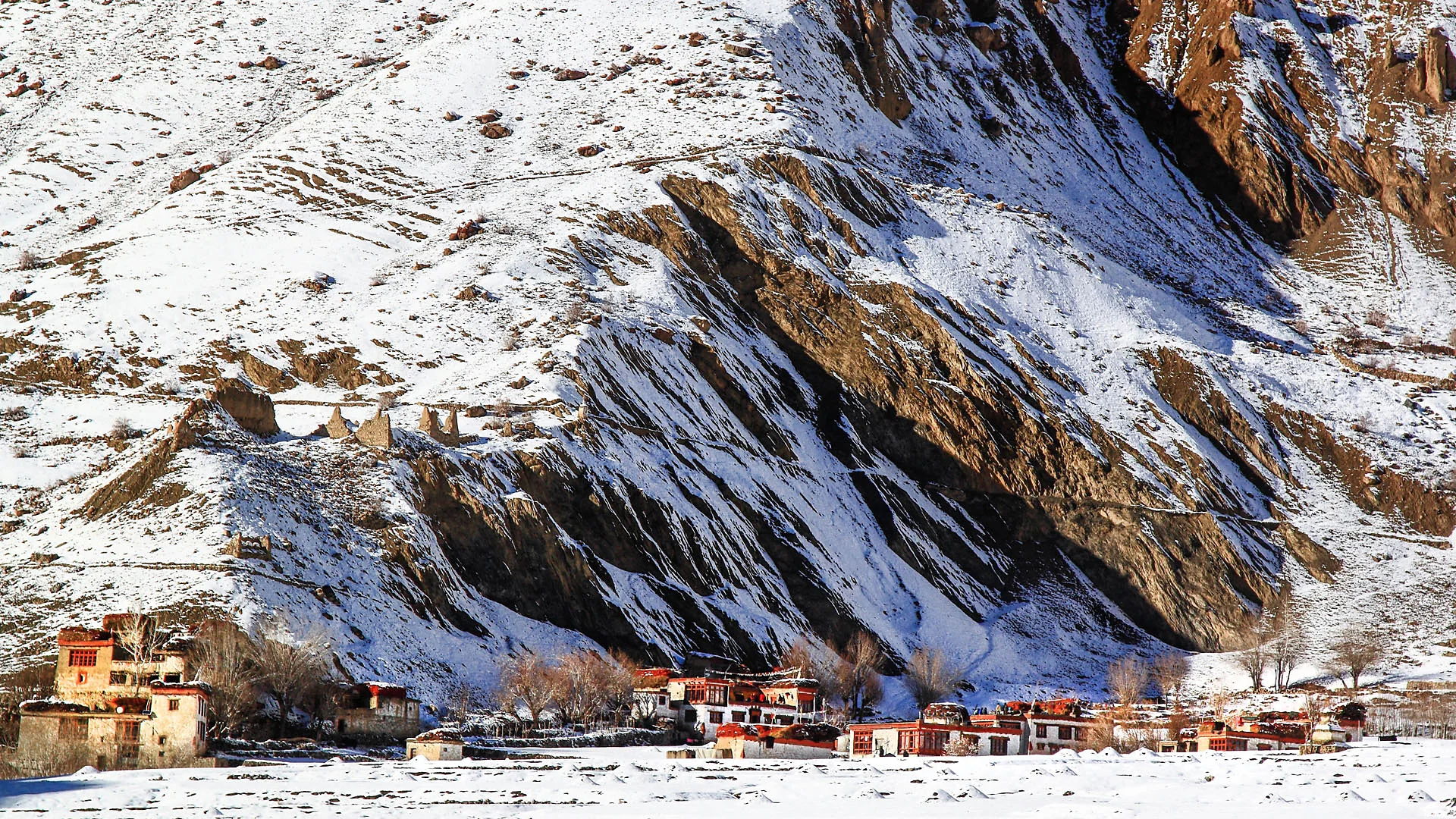
Conclusion: Why the Zanskar River Trek is a Must-Do Adventure
The Zanskar River Trek is more than just a trek—it’s an experience of walking through frozen landscapes, connecting with the local culture, and pushing your limits in one of the most challenging environments on Earth. Whether you’re seeking a physical challenge, stunning views, or cultural immersion, this trek offers it all.
So, gear up for the adventure of a lifetime and prepare to be awed by the frozen beauty of the Zanskar River Trek!
—
Q&A Section
Q: How long is the Zanskar River Trek?
A: The Zanskar River Trek covers approximately 70 kilometers and usually takes 6 to 9 days to complete, depending on the itinerary.
Q: Is the Zanskar River Trek dangerous?
A: The trek does come with risks, particularly due to the extreme cold and walking on ice. However, with the right preparation and experienced guides, it is a safe adventure for trekkers.
Q: What is the best time for the Zanskar River Trek?
A: The best time to undertake the Zanskar River Trek is between mid-January and the end of February when the river is fully frozen.
Q: What kind of gear do I need for the Zanskar Trek?
A: Essential gear includes waterproof trekking boots, thermal layers, a sleeping bag rated for -30°C, trekking poles, crampons, and sunglasses.
Q: How do I reach the starting point of the Zanskar Trek?
A: Most trekkers fly into Leh, Ladakh. From Leh, it’s a 3-4 hour drive to Chilling, the starting point of the trek.
Q: Can beginners do the Zanskar River Trek?
A: While the trek is physically demanding, beginners with good fitness and prior trekking experience can complete it with the guidance of experienced trek leaders.

